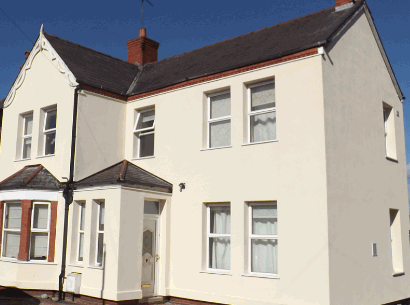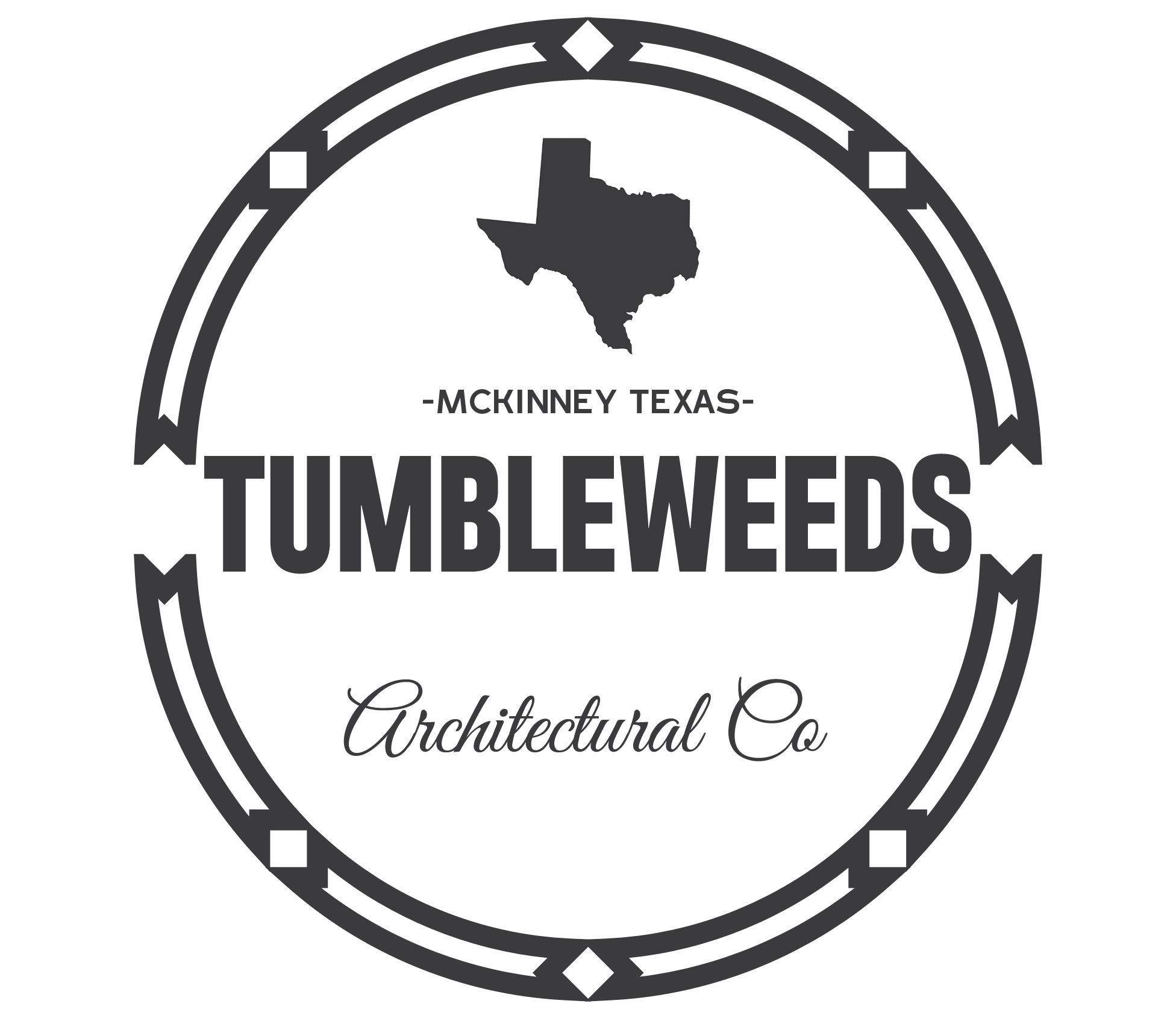External wall insulation is a crucial element in improving the energy efficiency of a property while enhancing its aesthetics.
Explore the different types of external wall insulation, from rigid panel insulation to cladding, and how they are installed.
Learn about the benefits of external wall insulation, like reduced energy bills and increased property value, and the potential disadvantages.
Discover the various finishes, color options, and texture options available for external wall insulation.
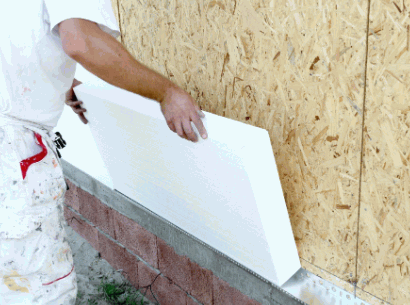
What Is External Wall Insulation?
External wall insulation is a method used to insulate solid walls by adding a layer of thermal insulation material to the exterior surfaces of buildings, which is then covered with a protective render or cladding finish.
Common materials used for external wall insulation include expanded polystyrene, mineral wool, and phenolic foam, which provide effective thermal resistance.
The choice of finish for the insulation layer can vary, ranging from traditional render to modern cladding systems like brick slips or metal panels.
Thermal insulation plays a crucial role in reducing heat loss from buildings, enhancing energy efficiency, and creating a comfortable indoor environment.
Take a look: How Much Does It Cost To Insulate External Walls
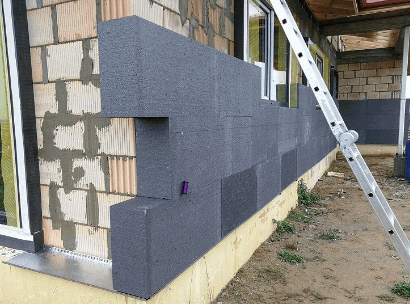
Why Is External Wall Insulation Important?
External wall insulation is crucial because it significantly reduces energy bills, minimizes thermal bridging, and helps prevent moisture penetration, thereby enhancing the overall thermal efficiency of a building.
By creating an additional thermal barrier, external wall insulation helps to maintain a consistent indoor temperature, reducing the need for heating and cooling, which leads to significant cost savings. This insulation also plays a vital role in preventing thermal bridging, where heat escapes through building materials, by providing a continuous layer of insulation.
Cost savings are further maximized through the prevention of moisture-related problems, such as damp and mold growth, which can lead to costly repairs and health issues.
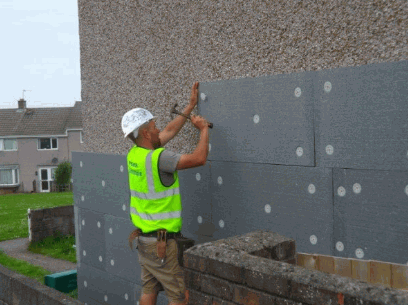
What Are The Types Of External Wall Insulation?
There are several types of external wall insulation systems available, each utilizing different materials and techniques to provide thermal insulation and improve the energy efficiency of buildings.
Rigid Panel Insulation
Rigid panel insulation involves the use of materials like expanded polystyrene, which are attached to the external wall using concrete adhesive and mechanical fixings.
Rigid panel insulation offers excellent thermal resistance properties, making it highly effective in regulating indoor temperatures and reducing energy costs. Its installation process typically begins with measuring and cutting the panels to fit the wall dimensions precisely.
Once the panels are cut, they are affixed to the wall using a combination of adhesive and mechanical fixings to ensure a secure and durable attachment. This installation method helps create a continuous layer of insulation that minimizes thermal bridging and enhances overall energy efficiency.
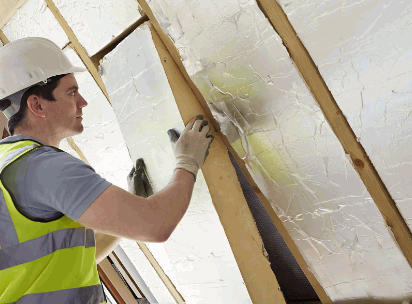
Insulated Render
Insulated render systems, such as the Kreisel insulation system, combine thermal insulation boards with a protective layer of silicate render.
This unique combination provides several advantages. The insulation boards reduce heat loss, helping maintain a comfortable temperature within the building while lowering energy costs. The silicate render acts as a durable protective layer, safeguarding the structure from weather elements and enhancing its longevity. One of the key benefits of insulated render systems is their versatility in finishes. Homeowners can choose from a wide range of colors, textures, and decorative effects to achieve the desired aesthetic for their property.
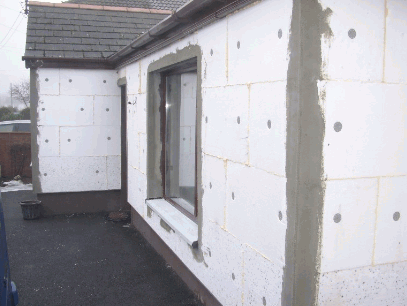
Cladding
Cladding systems, which can include options like brick slips, provide an aesthetically pleasing and durable finish that is available in various colors.
Cladding serves as a protective layer that shields buildings from external elements like weather and pollution, thereby enhancing their longevity and reducing maintenance costs. One of the key advantages of cladding is its ability to transform the appearance of a structure, offering endless design possibilities.
- Regarding material options, cladding can be crafted from a range of choices such as timber, metal, vinyl, or composite materials. Each material brings its unique benefits in terms of aesthetics, durability, and environmental impact.
- The use of cladding can also improve the energy efficiency of a building by providing an additional layer of insulation, thus reducing heating and cooling costs.
- The installation of cladding is a versatile process that can be tailored to suit different architectural styles and preferences.
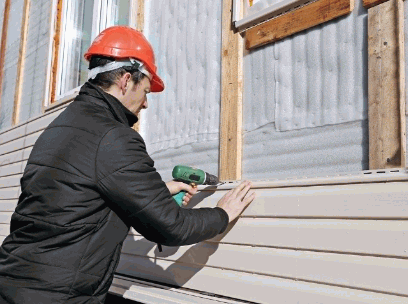
How Is External Wall Insulation Installed?
The installation of external wall insulation involves attaching insulation materials to the building’s exterior using mechanical fixings and plastic caps, ensuring compliance with Building Regulations.
Before starting the installation process, it is crucial to thoroughly inspect the building’s exterior to ensure it is structurally sound and free of any existing damage. Next, all necessary safety precautions must be taken, such as wearing appropriate personal protective equipment like gloves and safety goggles.
Once the preparation is complete, the insulation boards are carefully positioned on the wall and secured in place using mechanical fixings. These fixings are then covered with plastic caps to protect them from the elements and ensure a neat finish.
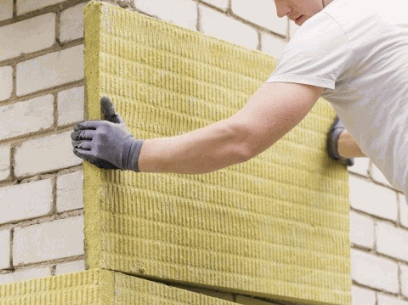
What Are The Benefits Of External Wall Insulation?
The benefits of external wall insulation are numerous, including improved thermal insulation, enhanced energy efficiency, and increased property value.
Improved Energy Efficiency
External wall insulation significantly improves the energy efficiency of a building by lowering its U value, which reduces heat loss and ensures that insulation will provide long-term benefits.
When a building has a lower U value, it means that it has better thermal performance and thus requires less energy for heating or cooling. By implementing external wall insulation, the building envelope is strengthened, reducing the amount of heat escaping through walls. This additional layer acts as a barrier, keeping the indoor temperature stable and comfortable.
Improved energy efficiency not only leads to lower utility bills but also reduces the overall carbon footprint of the building, contributing to sustainability efforts. Incorporating external wall insulation in construction or renovation projects is a proactive step towards creating more energy-efficient and environmentally friendly structures.
Reduced Energy Bills
By improving thermal insulation, external wall insulation helps to reduce energy bills, as the need for heating and cooling is significantly minimized.
Reduced energy bills contribute to substantial long-term savings, making a considerable difference in household expenses over the years. With the proper thermal insulation provided by external wall insulation, families can enjoy a more comfortable indoor environment at a lower cost. These savings can have a ripple effect on overall financial stability, allowing for investment in other areas or simply providing a cushion for unexpected expenses. The financial advantages of reduced energy bills through improved insulation cannot be overstated.
Increased Property Value
Installing external wall insulation can increase the property value of the home, making it more attractive to potential buyers and ensuring a higher return on investment.
Professional installers play a crucial role in ensuring the quality and effectiveness of external wall insulation. Their expertise in selecting the right materials, applying them correctly, and following industry best practices can significantly enhance the performance and durability of the insulation.
By entrusting the installation to professionals, homeowners can benefit from a seamless process that minimizes the risk of errors or inefficiencies. This attention to detail not only improves the energy efficiency of the property but also enhances its overall aesthetic appeal.
Improved Aesthetics
External wall insulation not only enhances thermal performance but also provides an aesthetically pleasing finish that is available in a variety of textures and colors.
These finishes range from traditional brick and stone effects to smooth renders and modern metallic looks, catering to a diverse array of architectural styles and personal preferences. Color options are equally plentiful, allowing homeowners to customize their exteriors with anything from subtle neutrals to bold and vibrant hues.
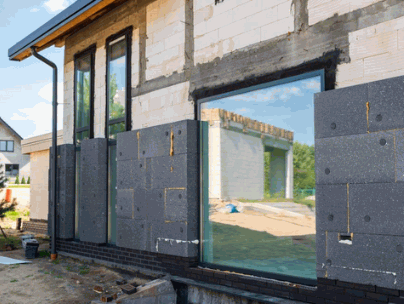
What Are The Disadvantages Of External Wall Insulation?
While external wall insulation offers numerous benefits, there are also some disadvantages to consider, such as the cost of installation and potential problems with maintenance and disruption during the installation process.
Cost
The cost of external wall insulation can be significant, as it involves both the expense of materials and the fees for professional installers.
One major factor influencing the cost of external wall insulation is the choice of materials. High-quality materials can be more expensive upfront but may provide better insulation and durability in the long run, potentially reducing maintenance costs.
Another aspect to consider is the complexity of the installation process. If the walls are difficult to access or if there are intricate architectural features to work around, the labor costs can significantly increase.
The size of the project plays a role; larger properties will naturally require more materials and labor, impacting the overall cost.
Disruption During Installation
The installation of external wall insulation can cause significant disruption to the building and its occupants, as the insulation materials need to be applied to the exterior surfaces.
One common disruption that homeowners may face during the installation of external wall insulation is noise. The process often involves drilling, hammering, and machinery, which can be loud and disruptive. Another issue is accessibility problems. Workers may need access to different parts of the property, potentially blocking driveways or walkways. To mitigate these problems, homeowners can discuss a schedule with the contractors to plan noisy work during less disruptive times and ensure clear pathways for easy access around the property.
Maintenance
External wall insulation systems may require regular maintenance to prevent problems such as damp and moisture penetration, which can affect the longevity and performance of the insulation.
One crucial aspect of maintaining external wall insulation is to regularly check for any visible cracks or damage on the surface. These can be entry points for water infiltration, leading to issues like dampness and mold growth.
It is also essential to ensure that the insulation material is intact and has not shifted or deteriorated over time. Any signs of wear and tear should be promptly addressed to maintain the effectiveness of the insulation.
Along with visual inspections, applying a protective coating or sealant can help enhance the weather resistance of the insulation system, prolonging its lifespan.
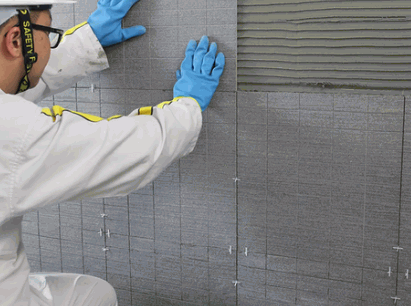
What Does External Wall Insulation Look Like?
External wall insulation can achieve a variety of looks, with finishes that range from smooth render to brick slips, and surfaces that can be colored to match any aesthetic preference.
Different Finishes
External wall insulation systems offer a range of finishes, from traditional render to modern brick slips, each providing a unique look and level of protection for your home.
When considering finishes for external wall insulation, one popular option is silicone render, known for its durability and flexibility. This finish offers a sleek appearance and excellent weather resistance, making it a reliable choice for various climates.
Another attractive finish is brick slips, which mimic the appearance of real bricks while adding thermal insulation to the walls. They come in a variety of colors and textures, allowing for customization to match your architectural style.
For a more contemporary aesthetic, acrylic finishes are a great choice, offering a smooth, sleek appearance that can be tinted to achieve different shades. These finishes are easy to clean and maintain, making them ideal for busy households or commercial buildings.
If you prefer a textured look, pebble dash finishes provide a unique and decorative option that adds visual interest to your exterior walls.
Color Options
The color options for external wall insulation are vast, with many aesthetically pleasing choices available to suit different tastes and architectural styles.
From vibrant hues such as fiery reds and electric blues to earthy tones like mossy greens and sandy beiges, the possibilities are endless. These colors can be strategically used to highlight architectural features or blend into the natural surroundings, creating a harmonious look.
Choosing the right color scheme can significantly impact the overall appearance and perceived size of a building. Darker shades can add depth and drama, while lighter colors can make a structure appear more spacious and inviting.
Whether you prefer a bold statement or a subtle elegance, selecting the perfect color for your external walls is crucial in achieving a cohesive and visually appealing design.
Texture Options
Texture options for external wall insulation are diverse, allowing homeowners to choose a surface finish that complements the architectural style of their building.
From smooth finishes to textured patterns, the selection of textures plays a crucial role in defining the overall look and feel of the property. Homeowners can opt for options like stucco, brick, stone, or even wood-like finishes to achieve a specific aesthetic appeal. Each texture offers a unique charm, enhancing the visual appeal while providing protection against external elements. By carefully selecting the right texture, homeowners can effortlessly transform the appearance of their building and create a harmonious blend with the surrounding environment.
